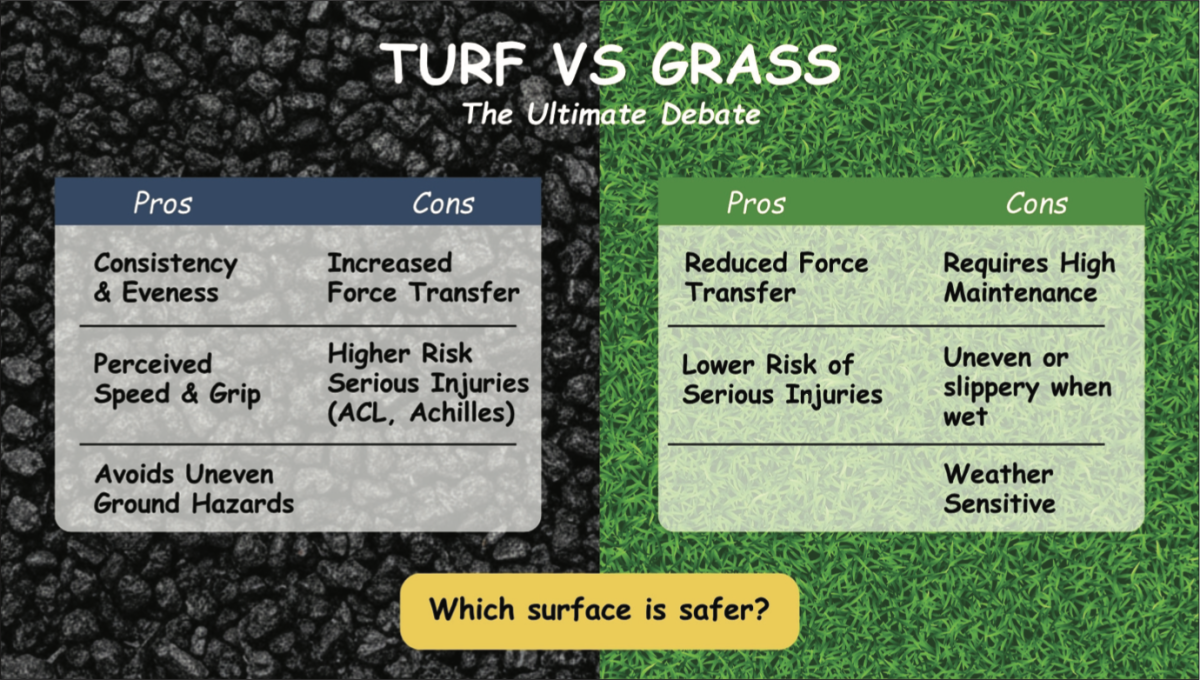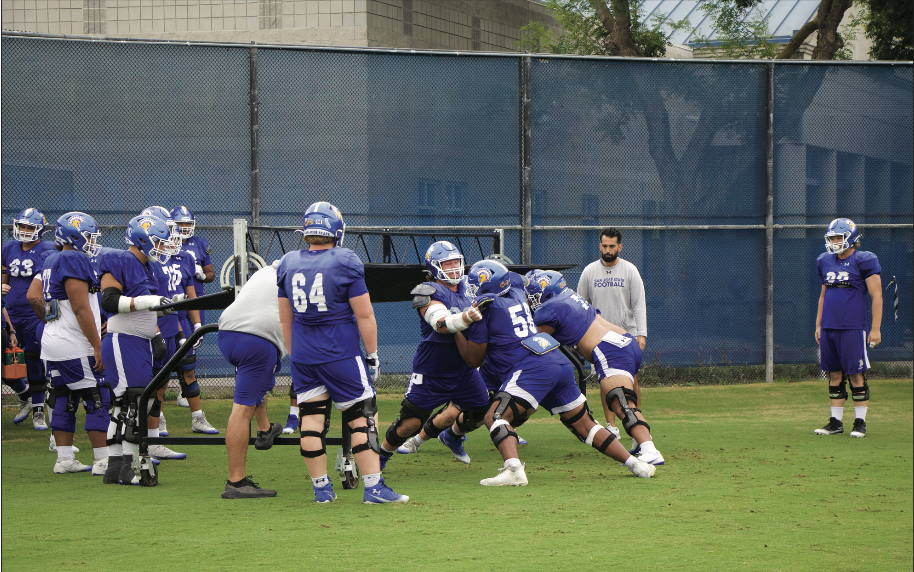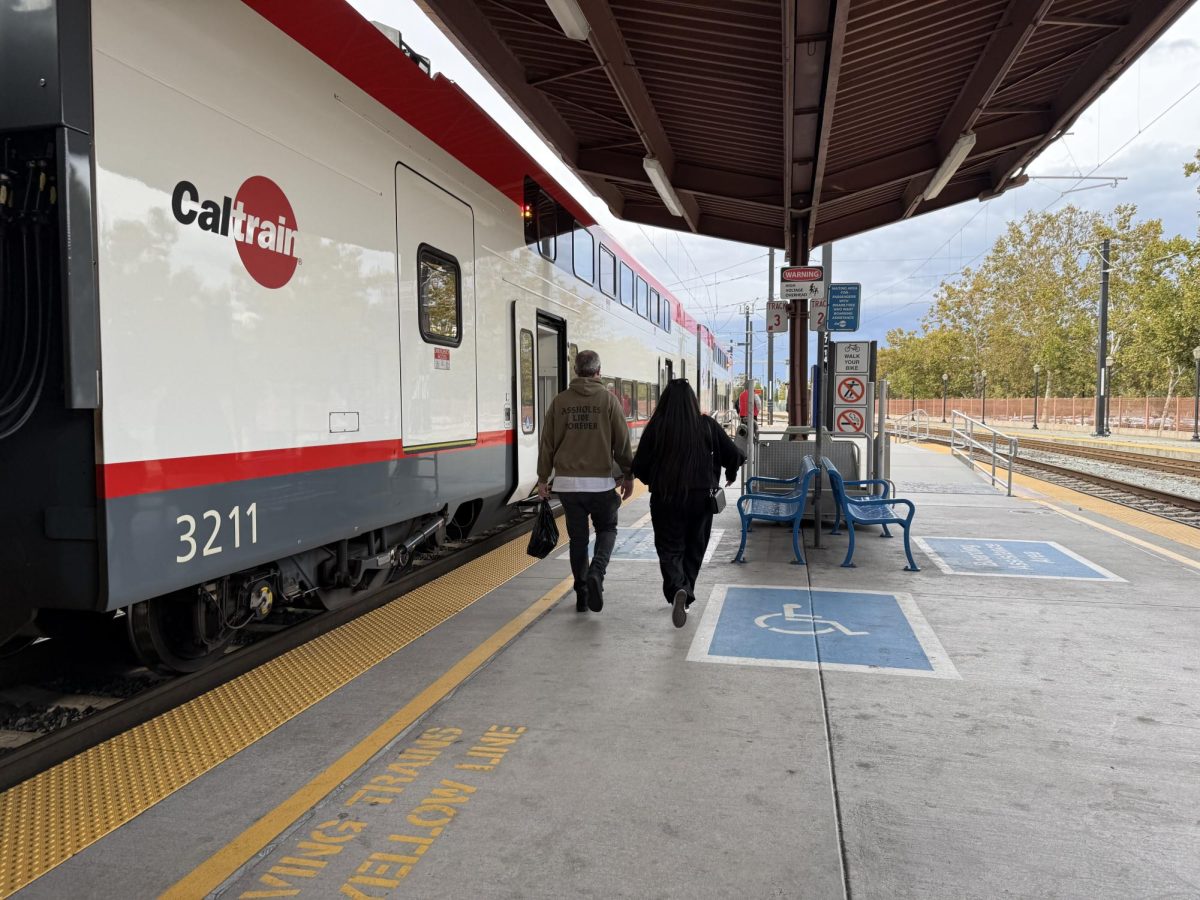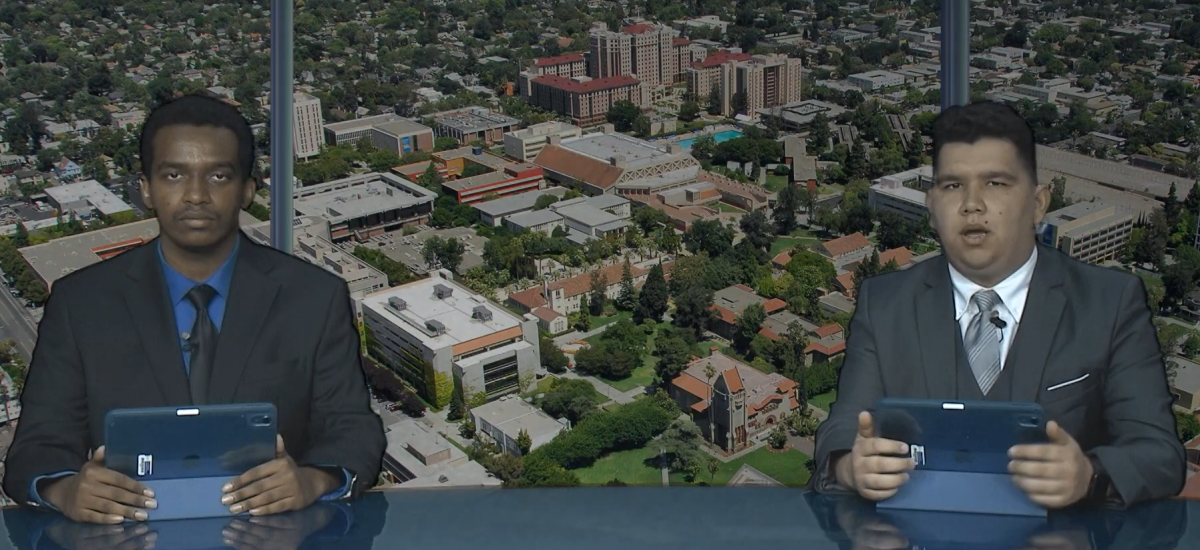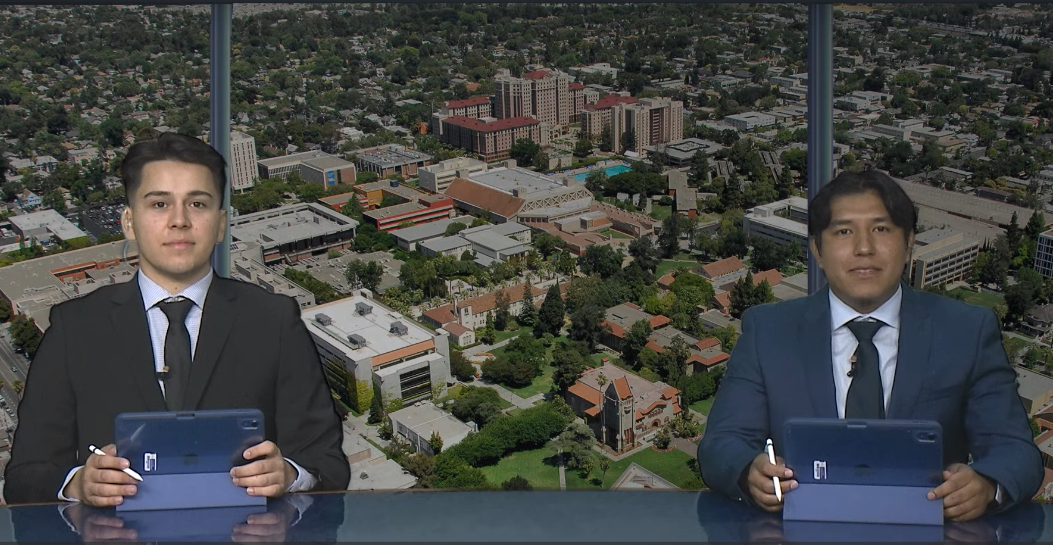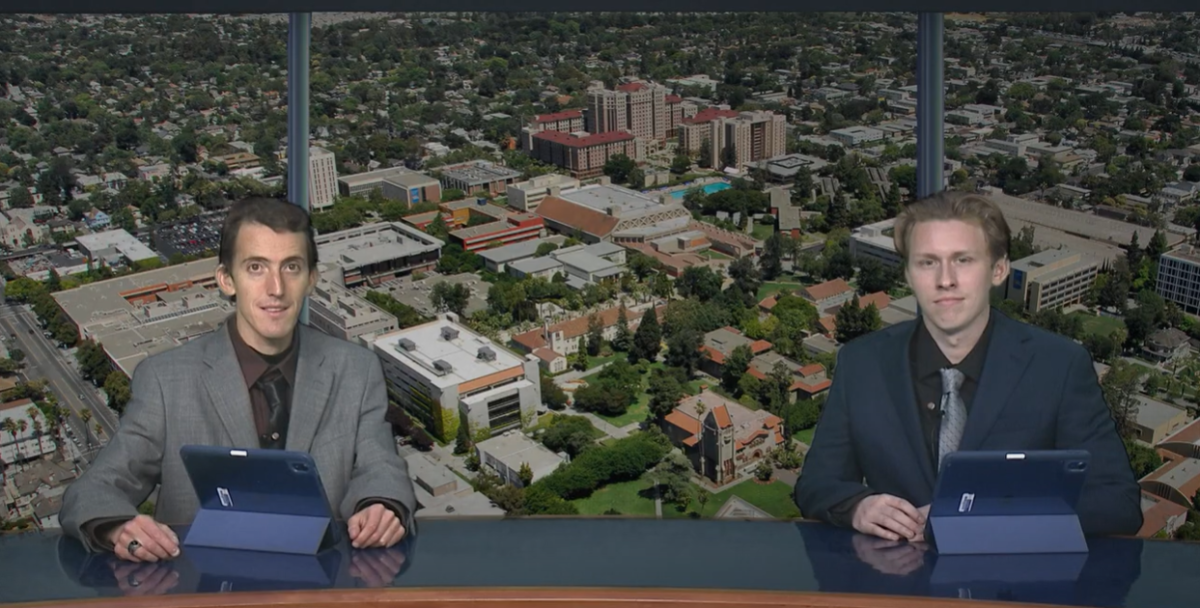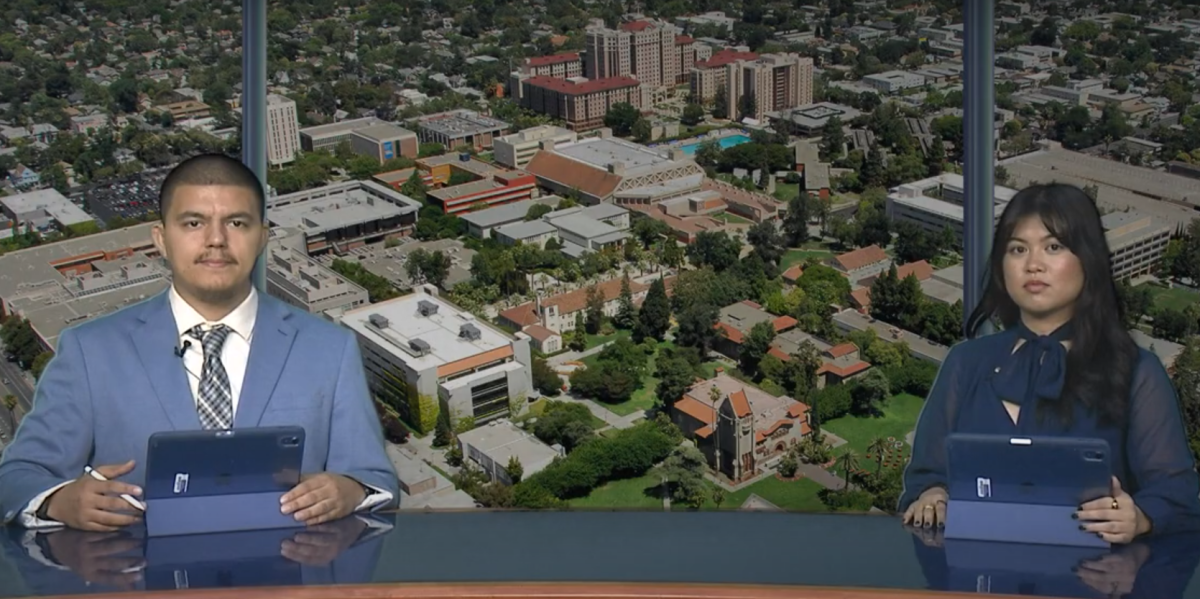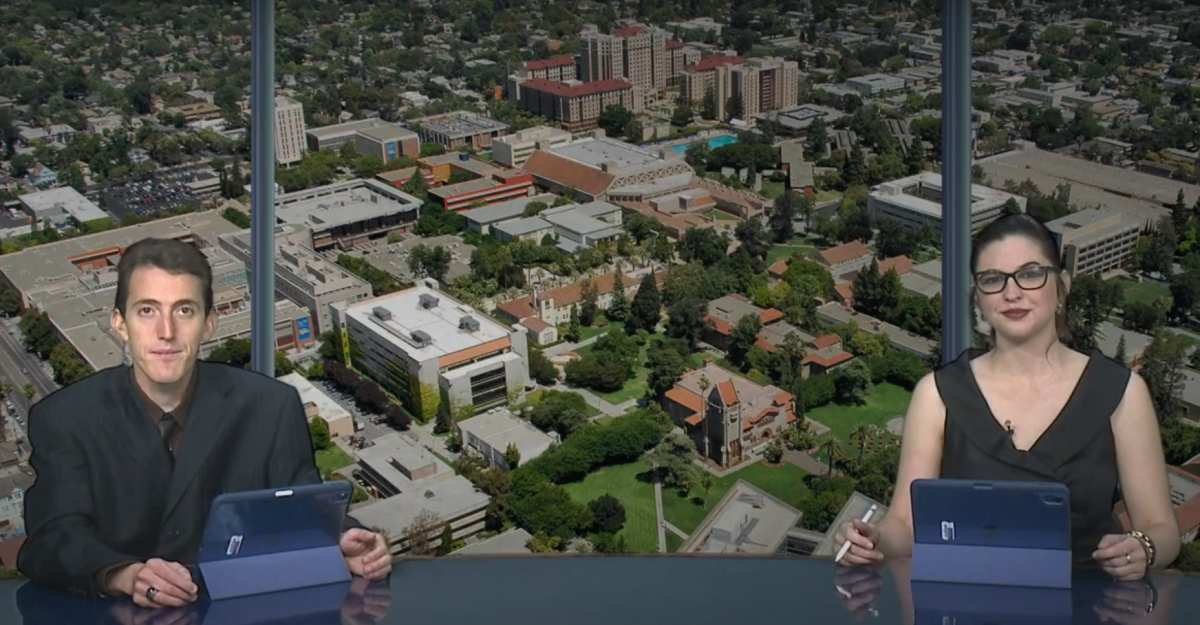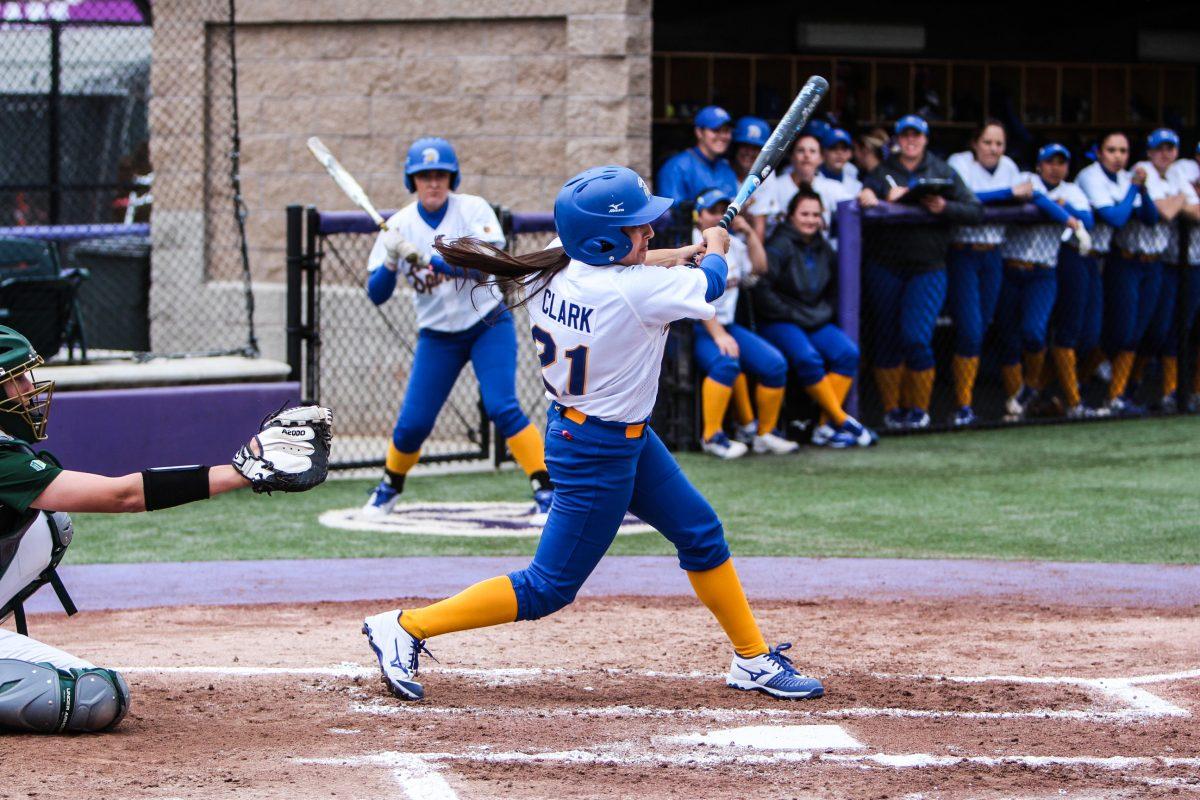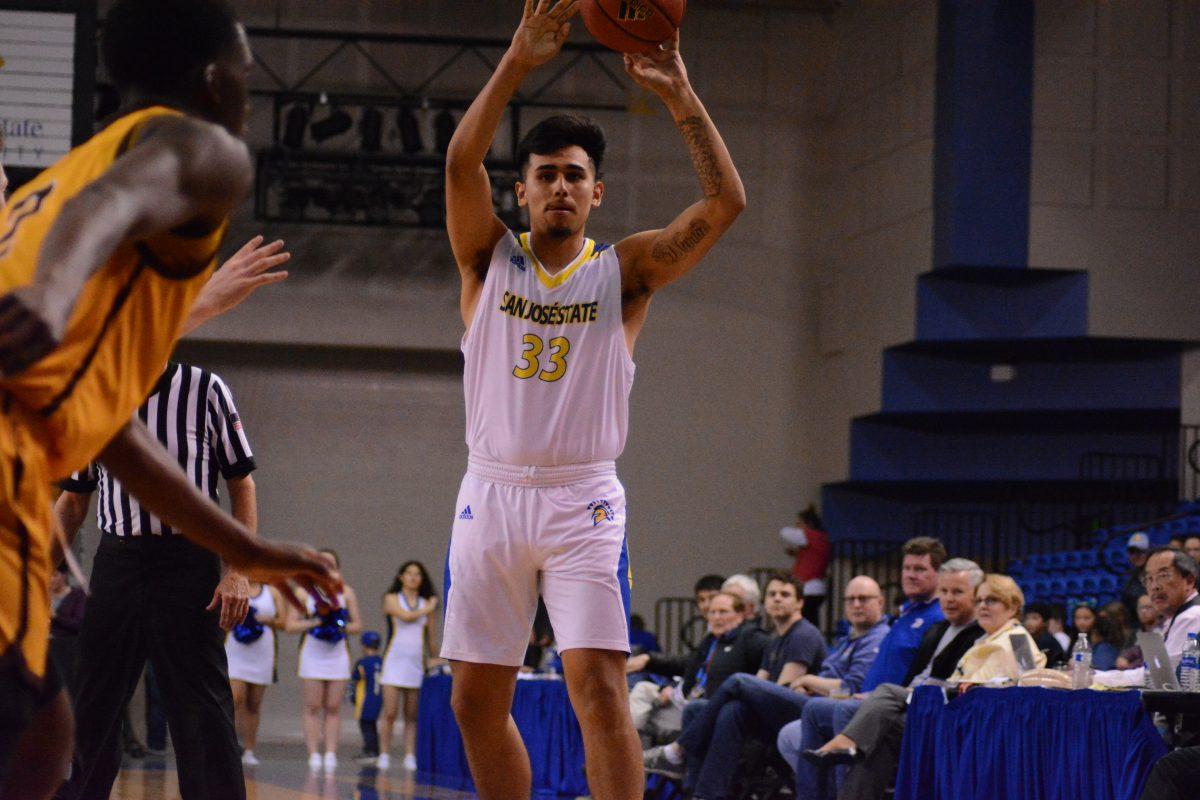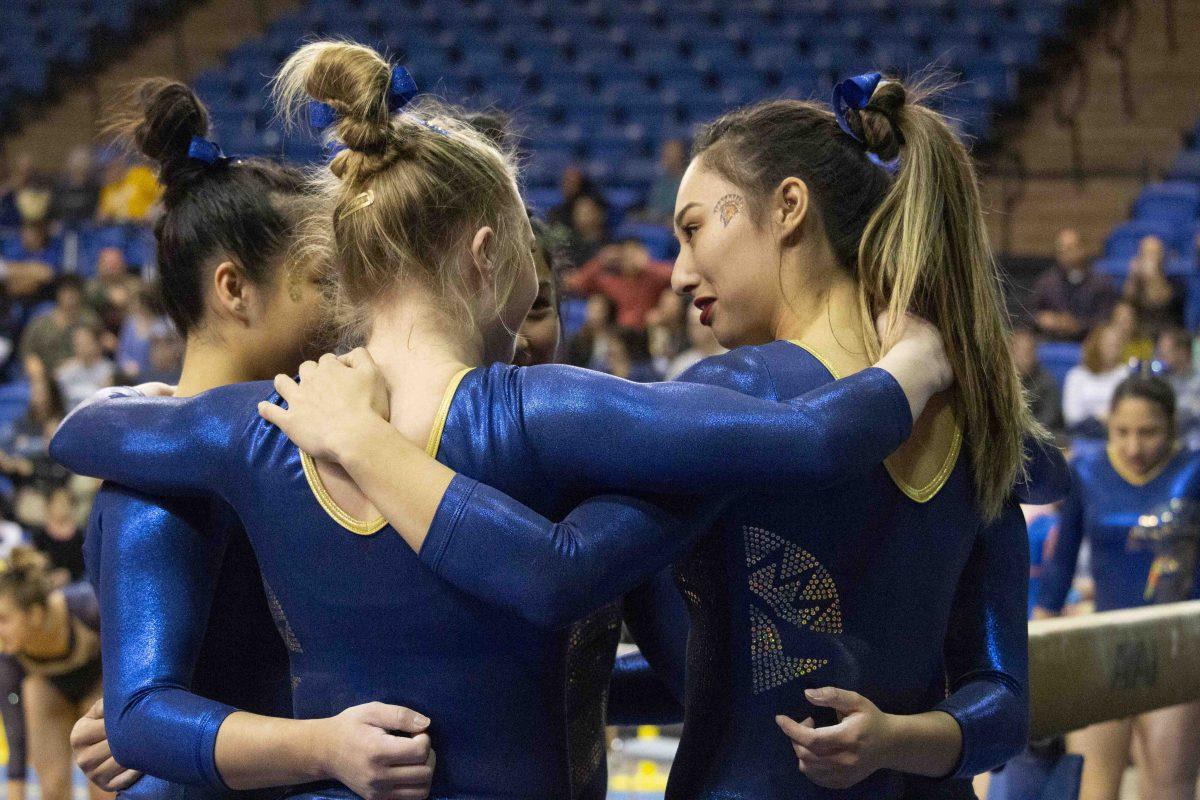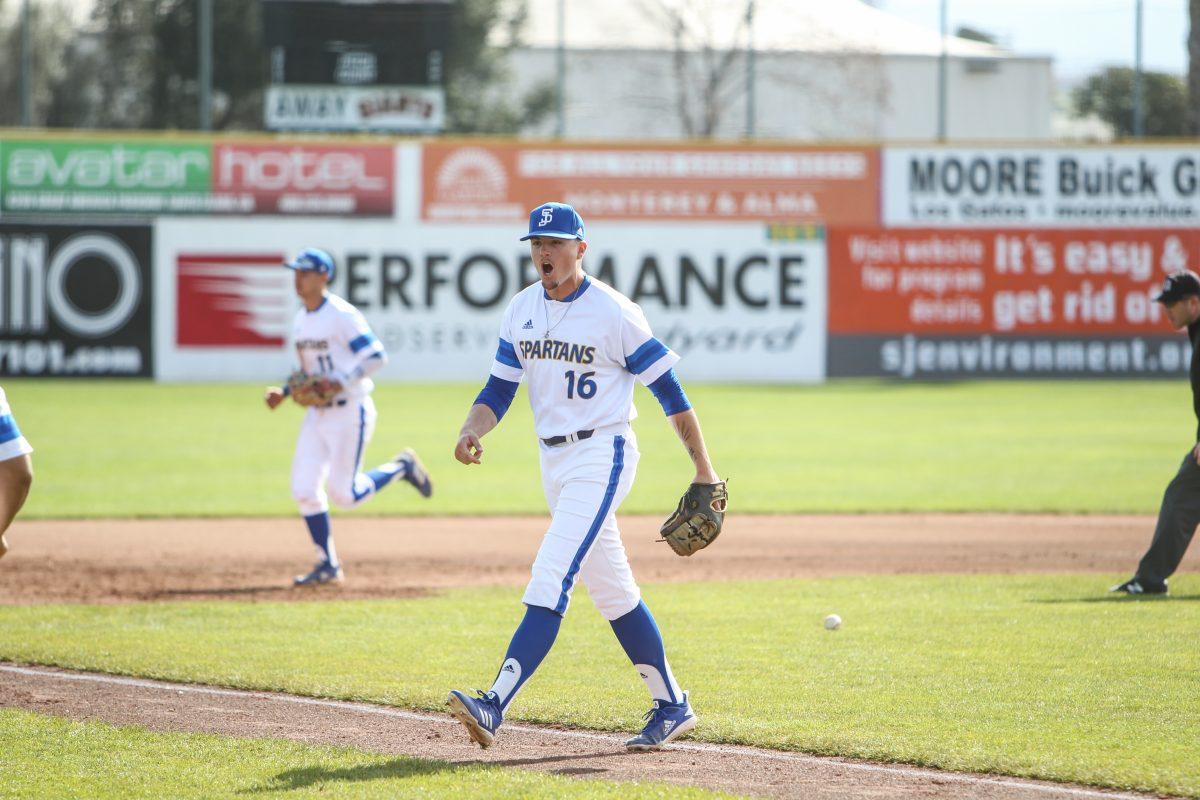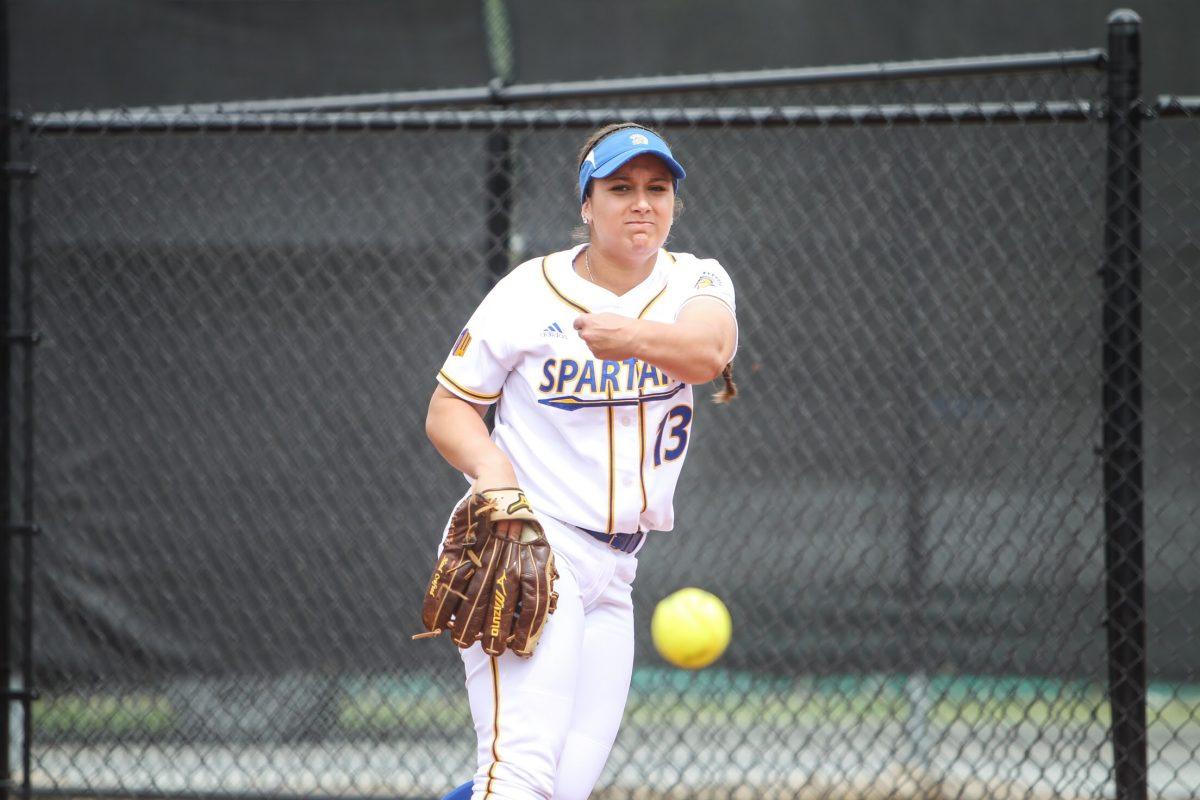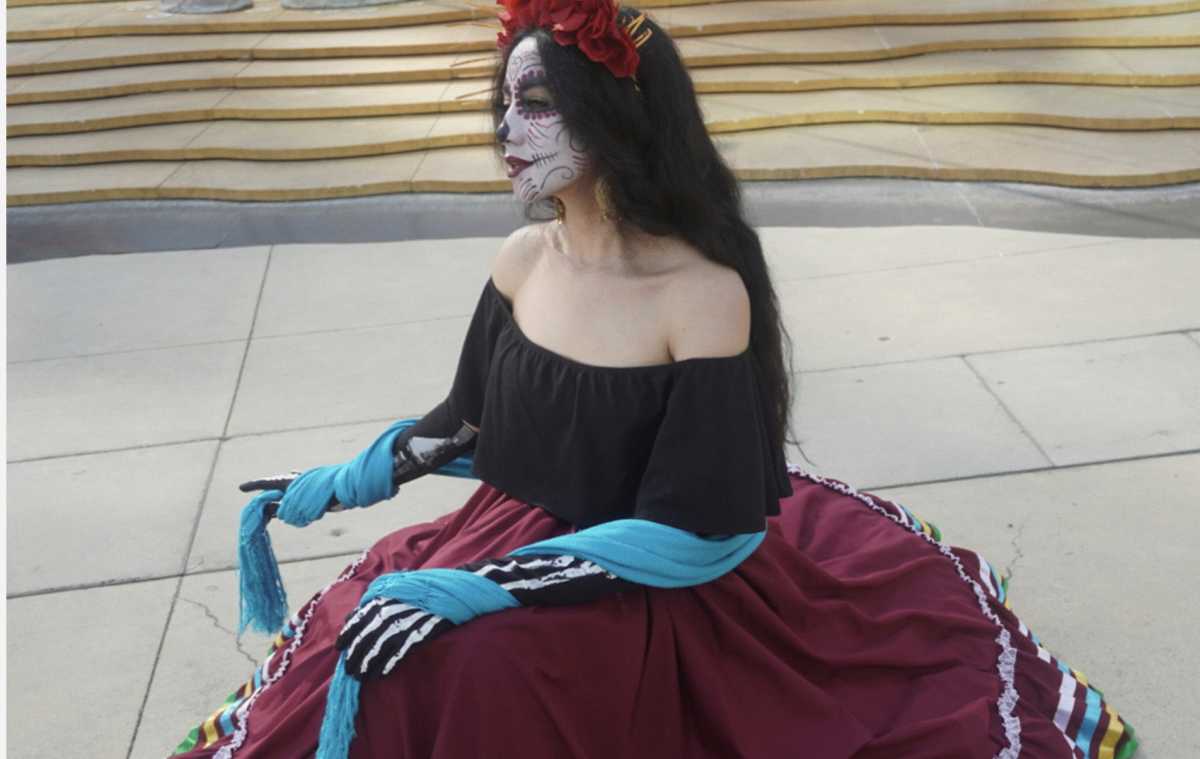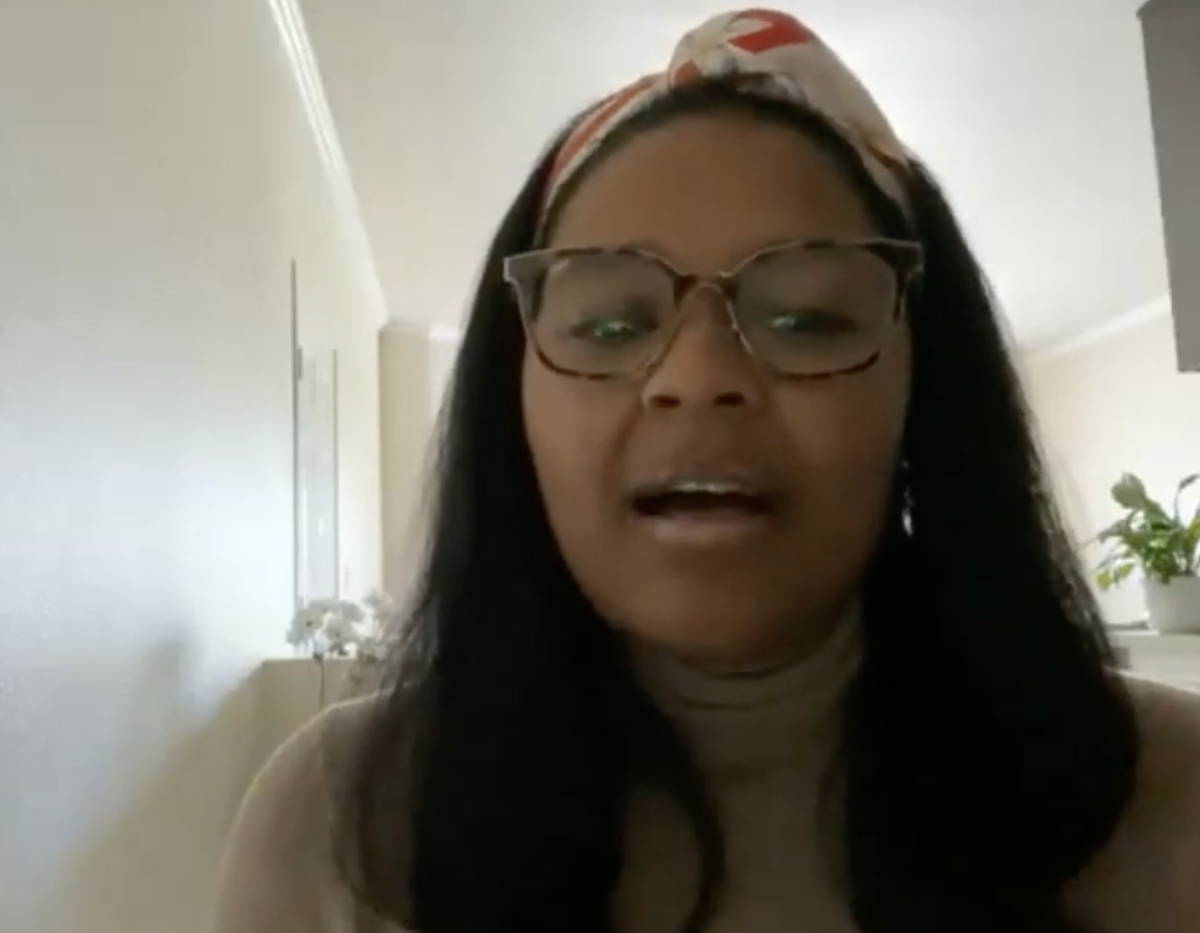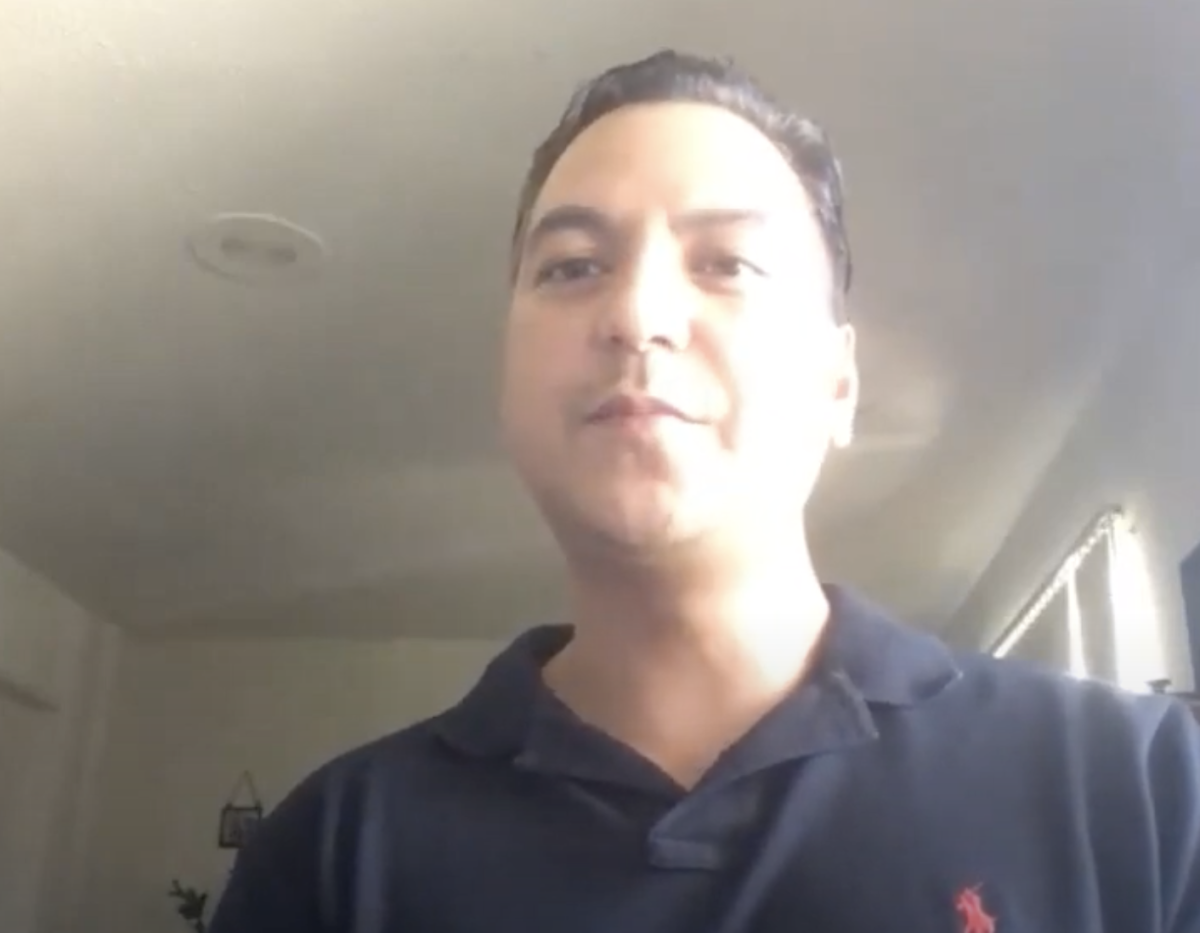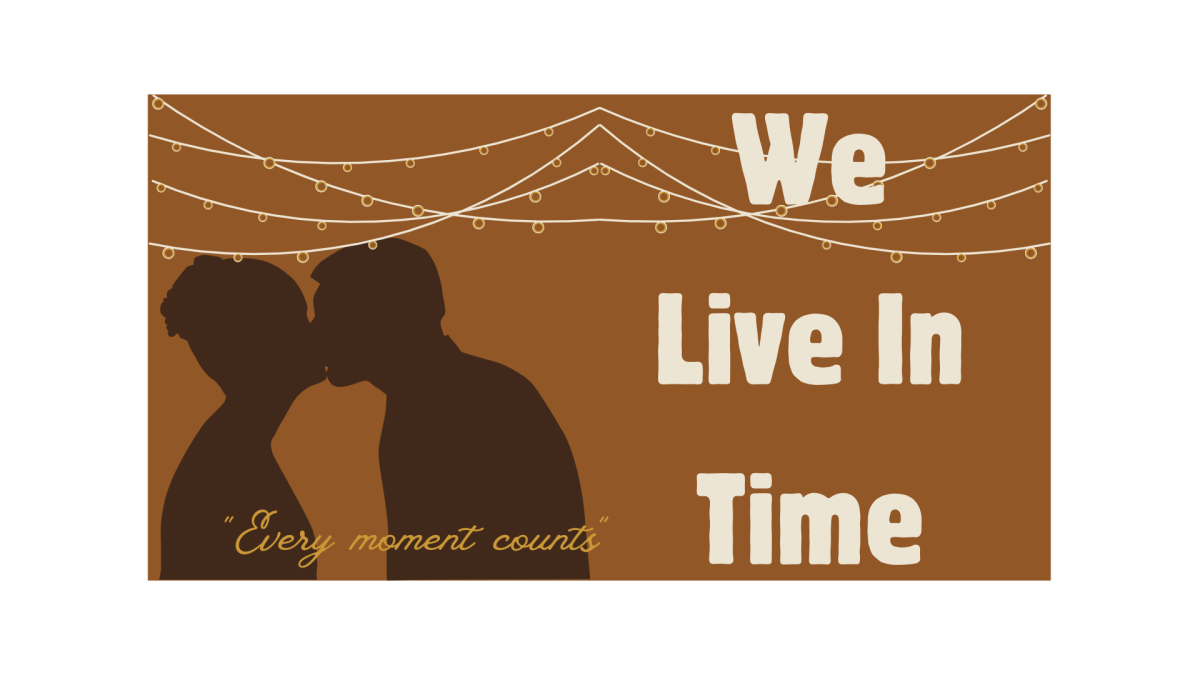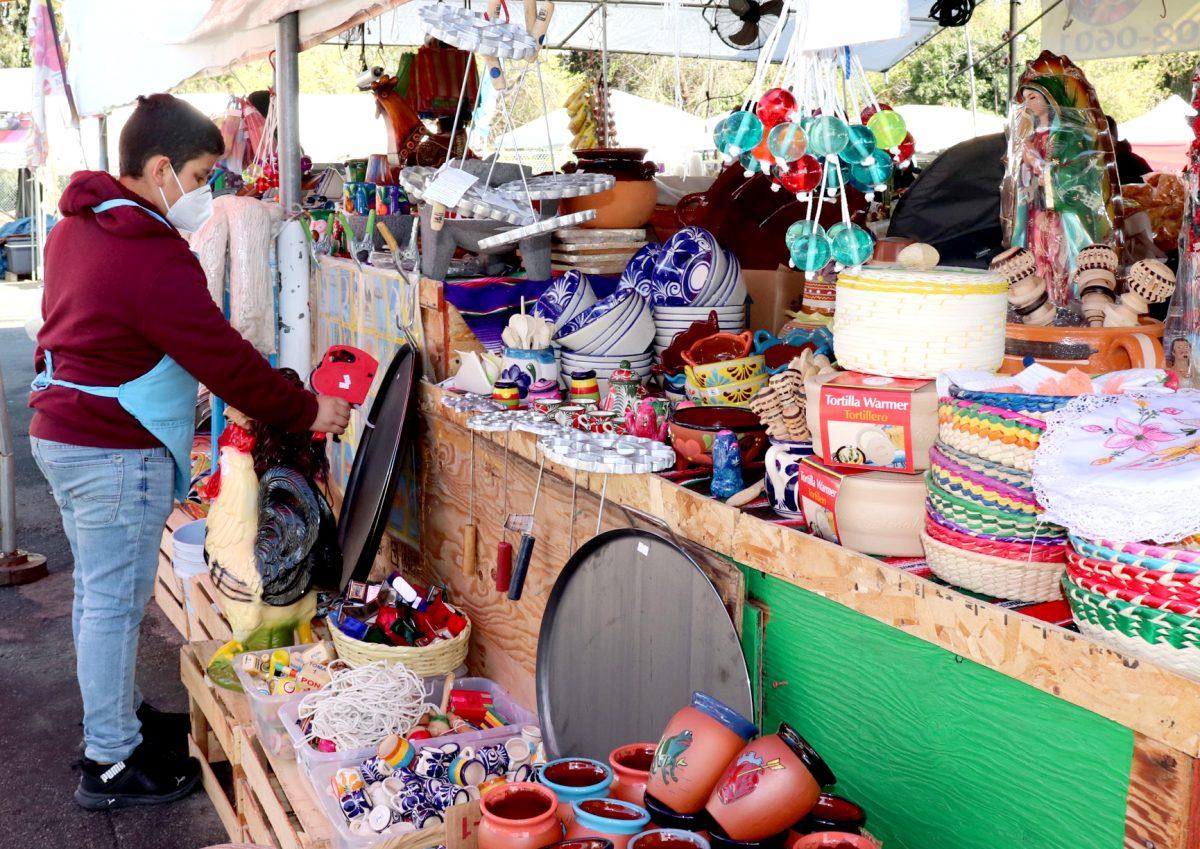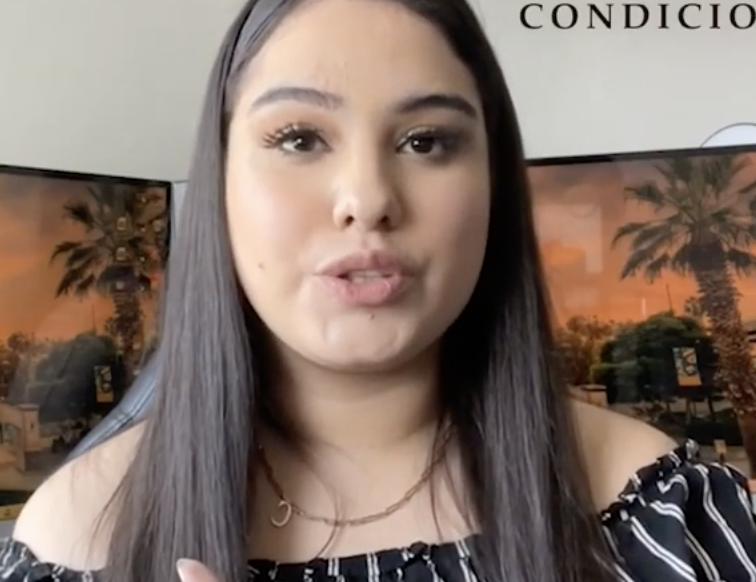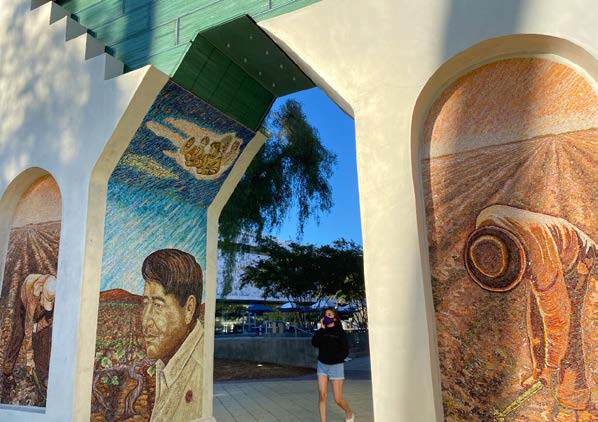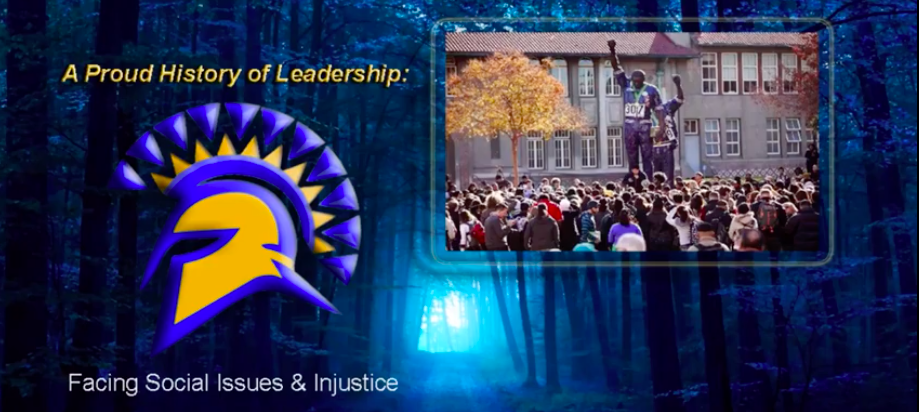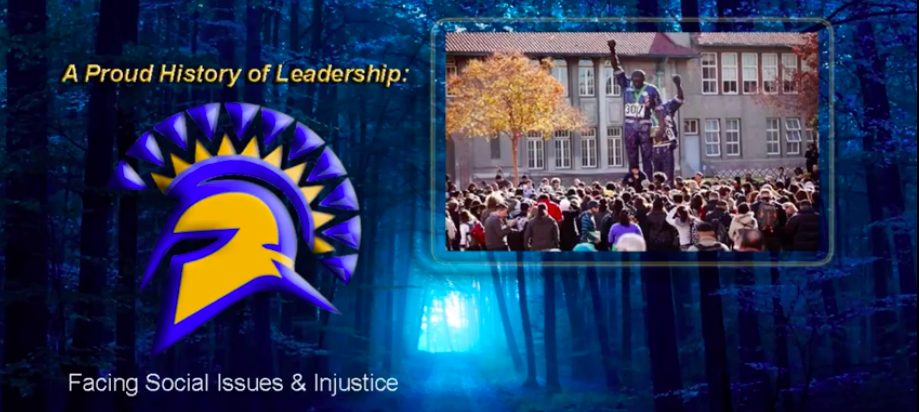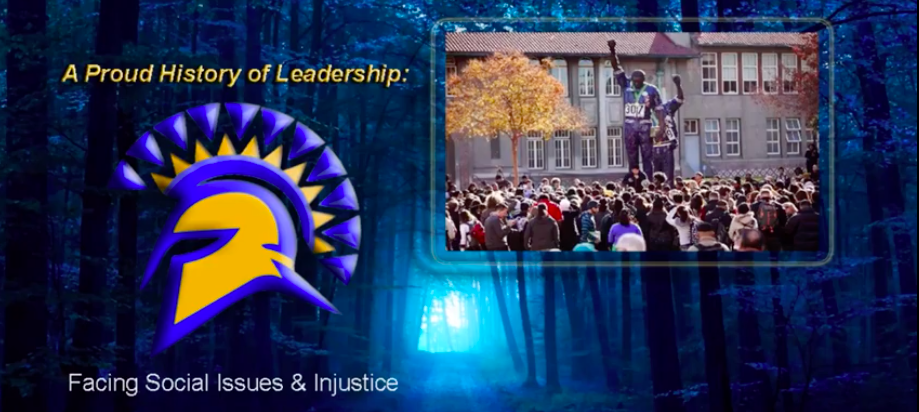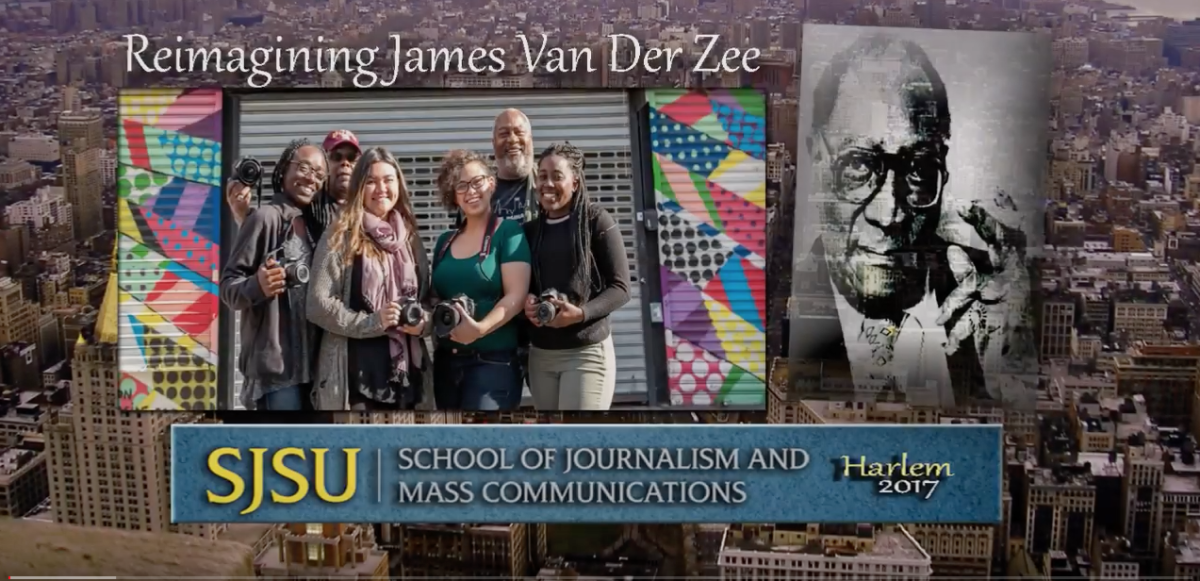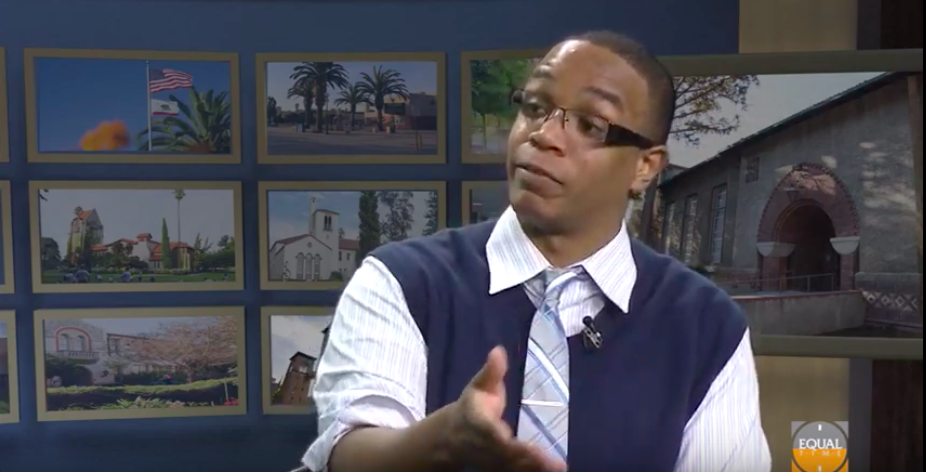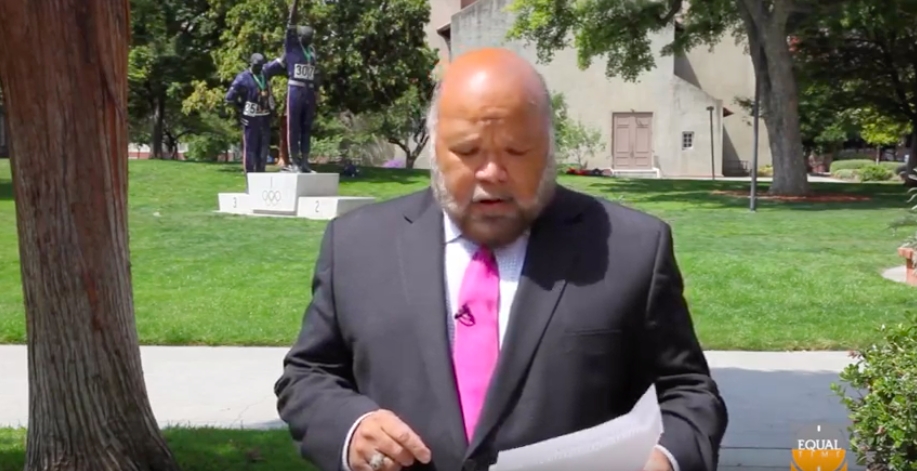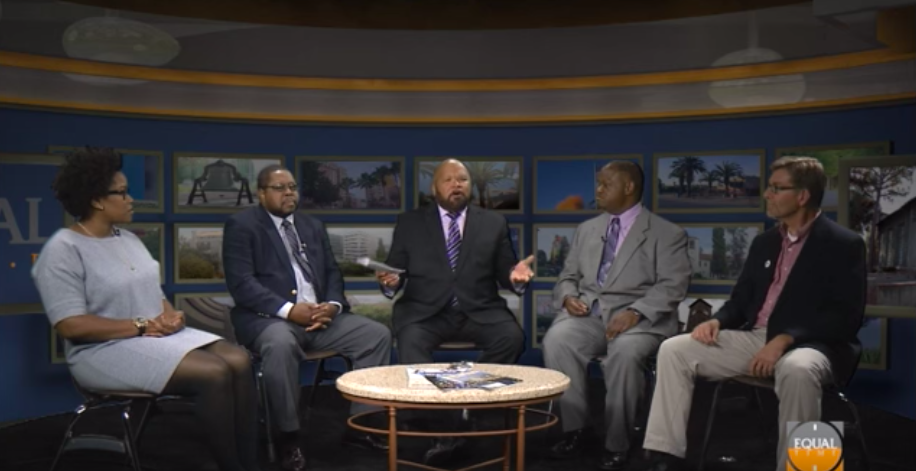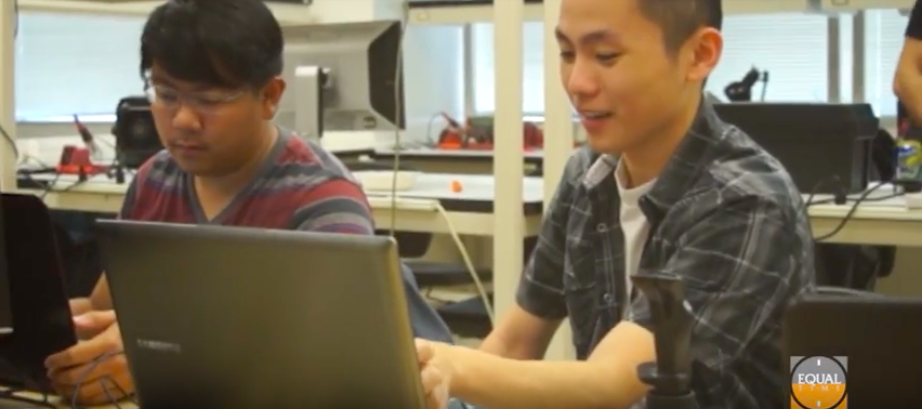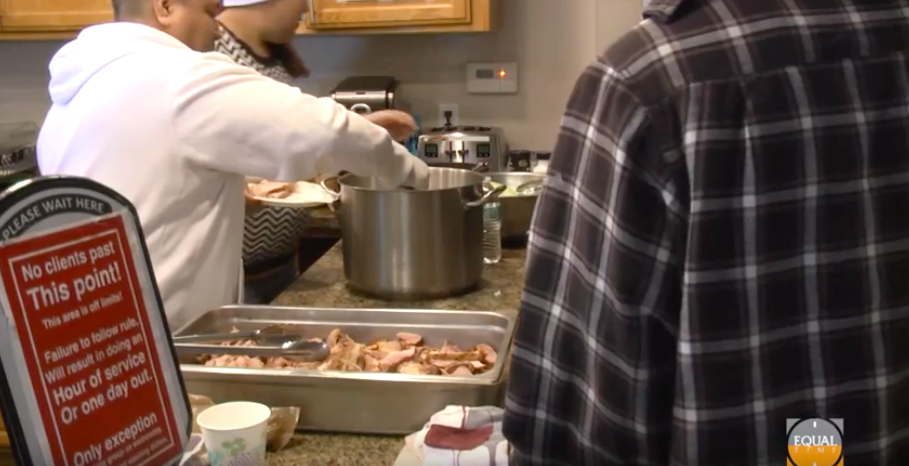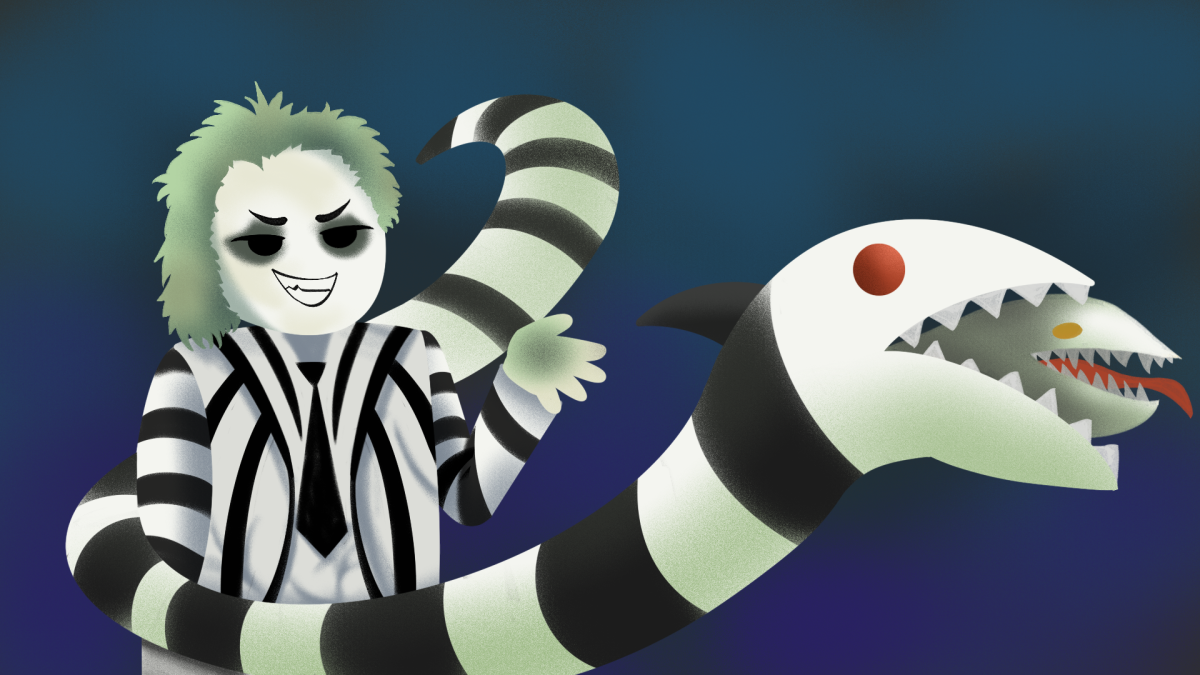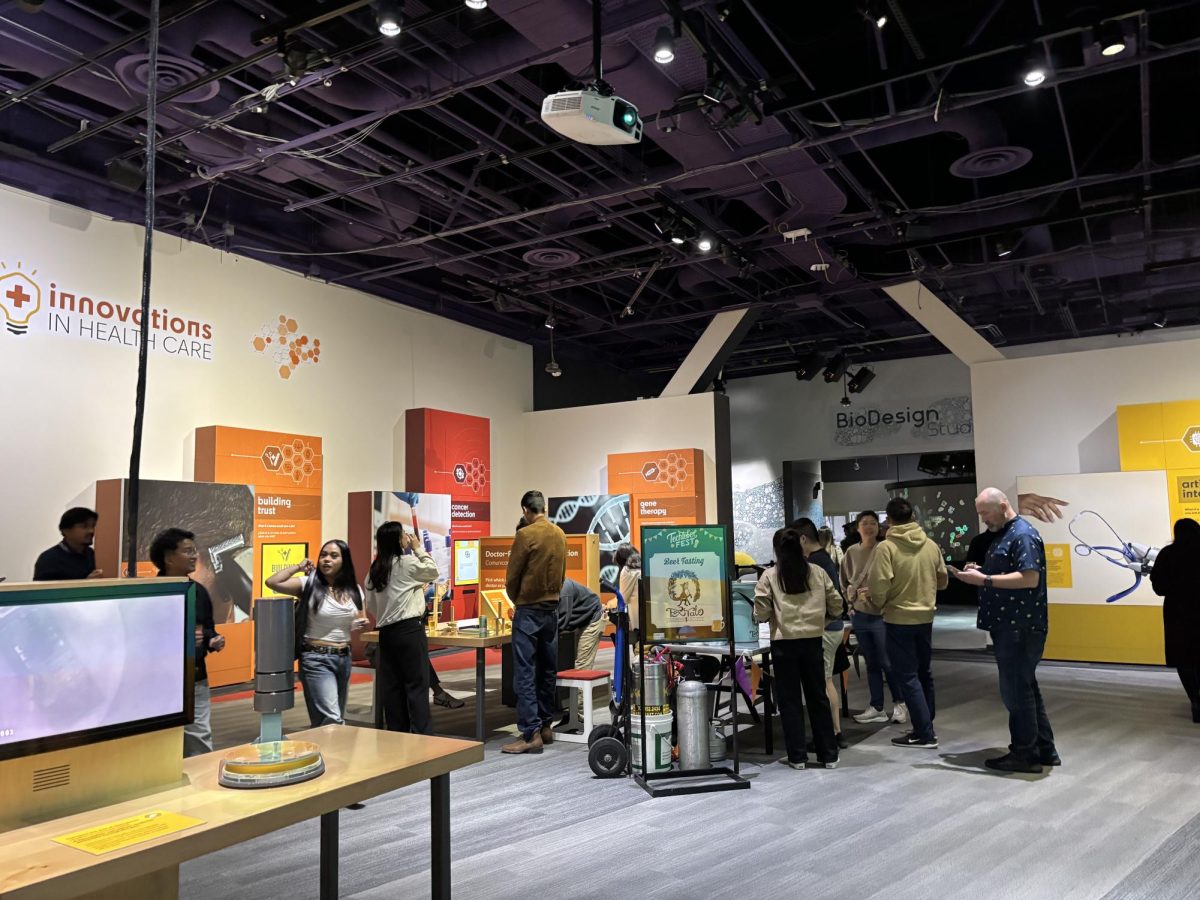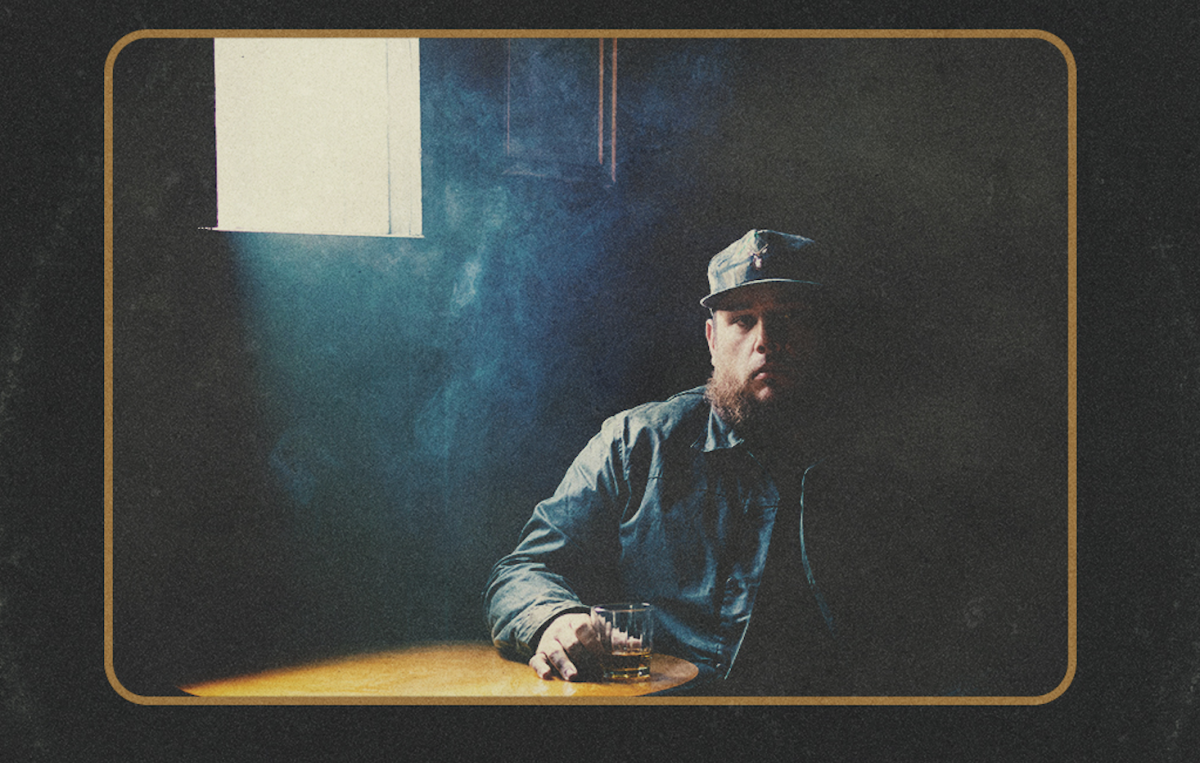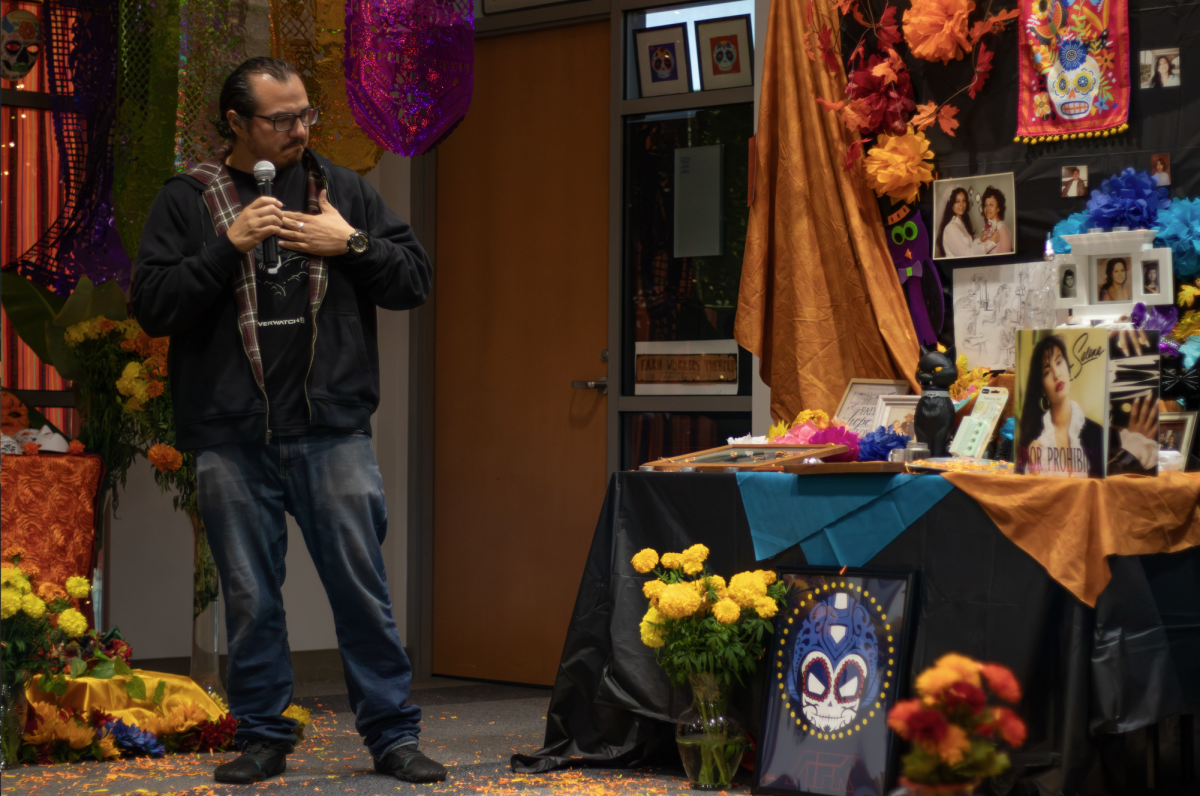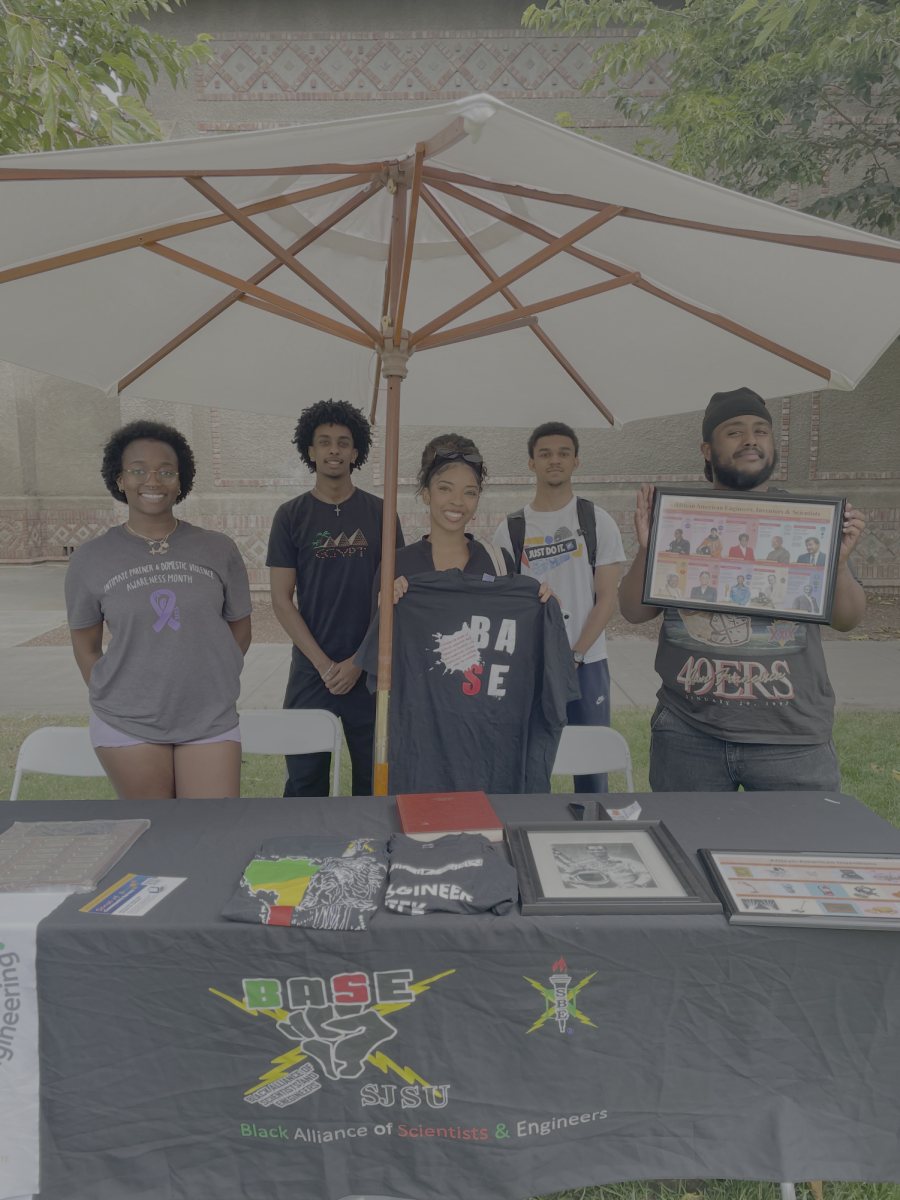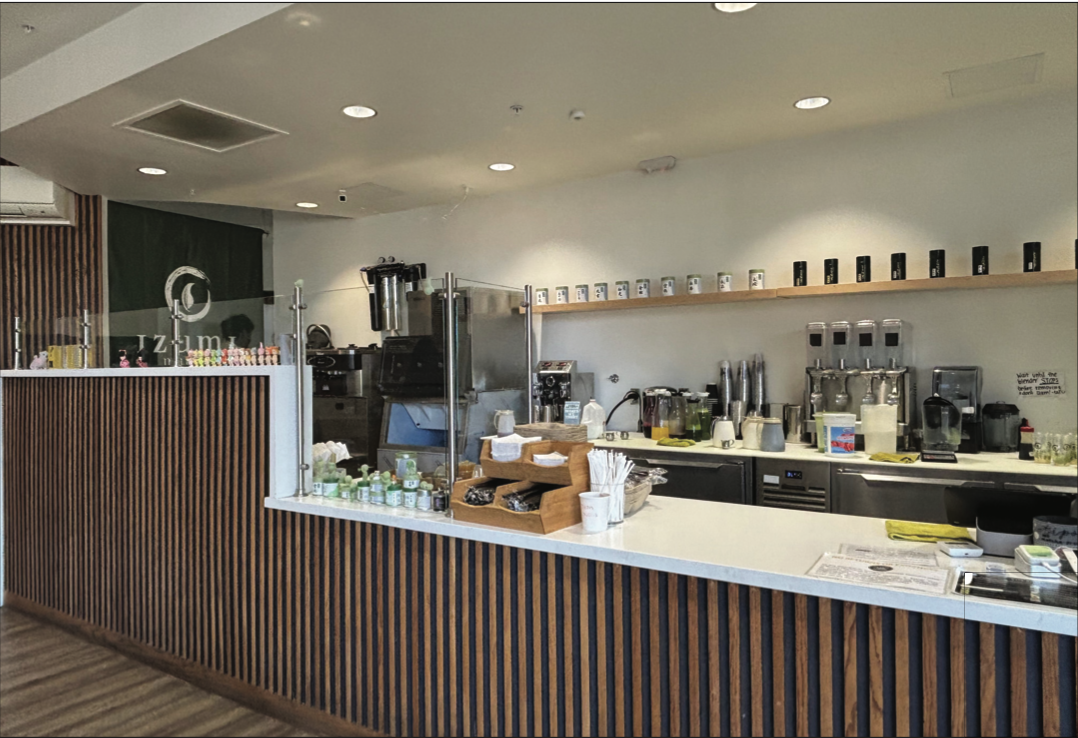Director Tim Burton returns for the highly anticipated sequel “Beetlejuice Beetlejuice” 36 years later. Burton’s sequel was fun but did have some flaws and though it doesn’t surpass the original, it was a sequel worth waiting for.
Part of the original cast, including Winona Ryder, Michael Keaton and Catherine O’Hara, come back as their respective characters.
The sequel also included a supporting cast with Jenna Ortega, Justin Theroux, Willem Dafoe, Monica Bellucci and Arthur Conti.
With Ryder, Keaton and O’Hara reprising their roles, their characters are back like they never left the screen in the original 1988 film. Their characters added fun and charm to make the film entertaining, and gave depth into their character development that plays a significant role in their personalities.
The film follows Lydia Deetz (Winona Ryder) and her teenage daughter named Astrid Deetz (Jenna Ortega).
Lydia is still haunted by Beetlejuice (Michael Keaton) years later and goes on to enlist his help after her daughter’s life is in jeopardy.
With newcomer Jenna Ortega joining the sequel as Astrid, she was a reflection of Ryder’s character Lydia when she was a teenager and added some comedic lines. She delivered a performance that resonated with Ryder’s debut of the original film.
Additionally, Dafoe’s, Theroux’s and Conti’s performances delivered some spice. Dafoe’s character, Wolf Jackson, was more branched out and had layers to build up the character’s personality. His character may be unpredictable at times while adding a sense of humor.
Theroux’s character, Rory, provided an off-beat tone that might have left audiences questioning his personality. Theroux still delivered an excellent performance with the audience wondering about his true intentions and same goes for Conti’s character, Jeremy Frazier.
What truly stands out is the visual style with Burton bringing back the bizarre, twisted and otherworldly elements.
There is distorted architecture of the afterlife’s bureaucratic offices and the surreal creatures that inhabit the strange world.
Burton leaned into the gothic gloom and created a wondrous tone that is unique to his director style.
The thematic uses of Mise en scène embraced its unique settings to bring back the vibes of the original film.
Mise-en-scéne is a French phrase meaning “putting on stage” and it is a common technique used in filming to arrange actors in a specific setting for a scene.
Mise-en-scène also highlights the lighting and the staging and blocking to capture the movements and performances of the actors on screen, according to a Matrix Education webpage.
The setting of “Beetlejuice Beetlejuice” was key to bringing back nostalgia for those who grew up watching the 1988 Beetlejuice film.
A key parallel between the sequel and the original film would be the town model sitting up in the attic. The first film featured a scale model of the fictional town of Winter River, Connecticut sitting in the attic of a deceased couple’s home.
Those who watched the first film can think back to the model and see it still sitting there years later in the sequel.
Similarly, the city of Winter River looked exactly the same. The film is primarily set in this imaginary town where the Deetz family moved into in the first film. Fast forward years later, the Deetz family return to their house in Winter River as the town hasn’t been changed.
Although the settings of the original movie were used, news sets were added to add layers to the characters and their backstory. The new sets were helpful for the audience like myself to figure out what the characters do for living.
Burton also incorporated scenes from the original to put into his new film. Although this brought nostalgia, it simultaneously felt like a copy and paste at times. It would have been better if Burton could have added a twist instead of repeating scenes used back in 1988.
The design of the sandworm turned my head the most. There was a vast difference in the appearance of the original sandworm in the sequel compared to the 1988 film.
The original had more of a 3-D appearance and detailed features that made it pop.
The sequel’s design of the monster captured the opposite of that. Instead, it gave off lazy animation and questionable CGI.
There were hilarious one-liners from Mr. Beetlejuice himself, with Micheal Keaton’s performance making the film memorable.
Beetlejuice is comedic because he thrives on oddball humor in the way that deals with death and the afterlife.
Instead of treating these themes with solemnity, the film pokes fun at the bureaucratic red tape of the afterlife, showing it as an absurd extension of the real world. From the “Handbook for the Recently Deceased” to the waiting room full of misfit spirits, the movie’s vision of the afterlife is both creepy and hilarious.
Overall, “Beetlejuice Beetlejuice” is a delightfully eccentric film that blends the macabre with the comedic in a way that only Burton can. For fans of gothic fantasy and comedy horror films, this movie is a must watch for the fall season.


